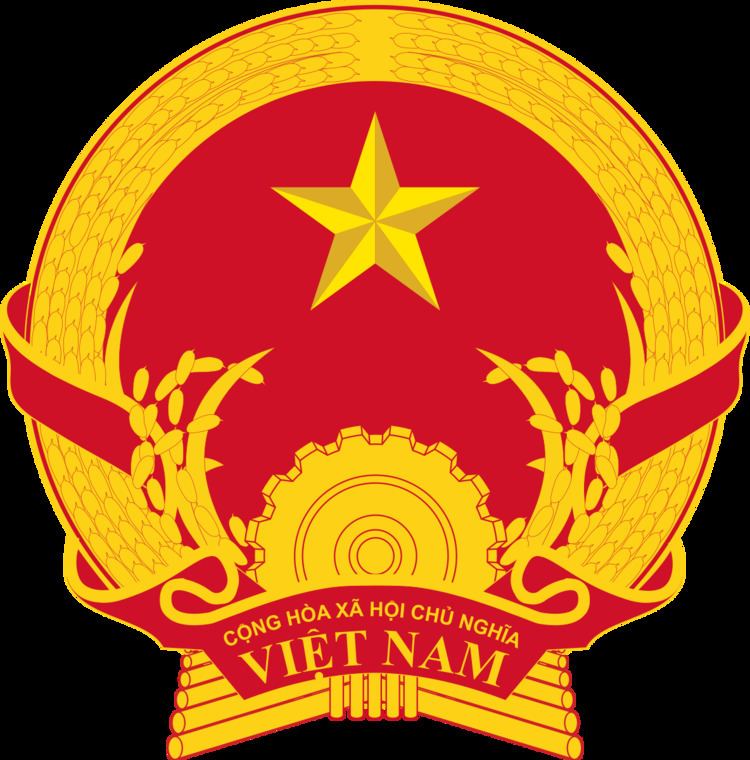 | ||
Vietnam is divided into 58 provinces (Vietnamese: tỉnh) and 5 municipalities existing at the same level as provinces (thành phố trực thuộc trung ương). The provinces are divided into districts (huyện), provincial cities (thành phố trực thuộc tỉnh), and district-level towns (thị xã), which are subdivided into commune-level towns (thị trấn) or communes (xã). The municipalities are divided into rural districts (huyện) and urban districts (quận), which are subdivided into wards (phường).
Contents
- Map of Vietnam
- Peoples Council
- Peoples Committee
- List and statistics
- Regions
- Historical provinces of Vietnam
- References
Map of Vietnam
People's Council
Vietnamese provinces are controlled by a People's Council (Hội Đồng Nhân Dân), elected by the inhabitants. The number of councilors varies from province to province, depending on the population of that province. The People's Council appoints a People's Committee, which acts as the executive arm of the provincial government. This arrangement is a somewhat simplified version of the situation in Vietnam's national government. Provincial governments are expected to be subordinate to the central government.
People's Committee
The People's Committee (Uỷ Ban Nhân Dân) is, as mentioned previously, the executive arm of a provincial government, and is responsible for formulating and implementing policy. It may be thought of as the equivalent of a cabinet. The People's Committee will have a Chairman and a Vice-Chairman, and between nine and eleven ordinary members.
List and statistics
According to the census results of April 1, 2009, the population of Vietnam is 85,789,573 people. The most populous top-level administrative unit in Vietnam is Hồ Chí Minh City, one of the five centrally governed cities. It has 7,123,340 people living within its official boundaries. The second most populous administrative unit is the recently expanded Hà Nội with 6,448,837 people. Prior to the expansion of the capital city, this rank belonged to Thanh Hóa with 3,400,239 people. The least populous is Bắc Kạn, a mountainous province in the remote northeast with 294,660 people.
In land area, the largest province is Nghệ An, which runs from the city of Vinh up the wide Sông Cả valley. The smallest is Bắc Ninh, located in the populous Red River Delta region.
The following is a table of Vietnam's provinces broken down by population and area, April 1, 2009.
See also List of postal codes in Vietnam
Regions
The Vietnamese government often groups the various provinces into eight regions. These regions are not always used, and alternative classifications are possible. The regions include:
Northern Vietnam
Central Vietnam
Southern Vietnam
